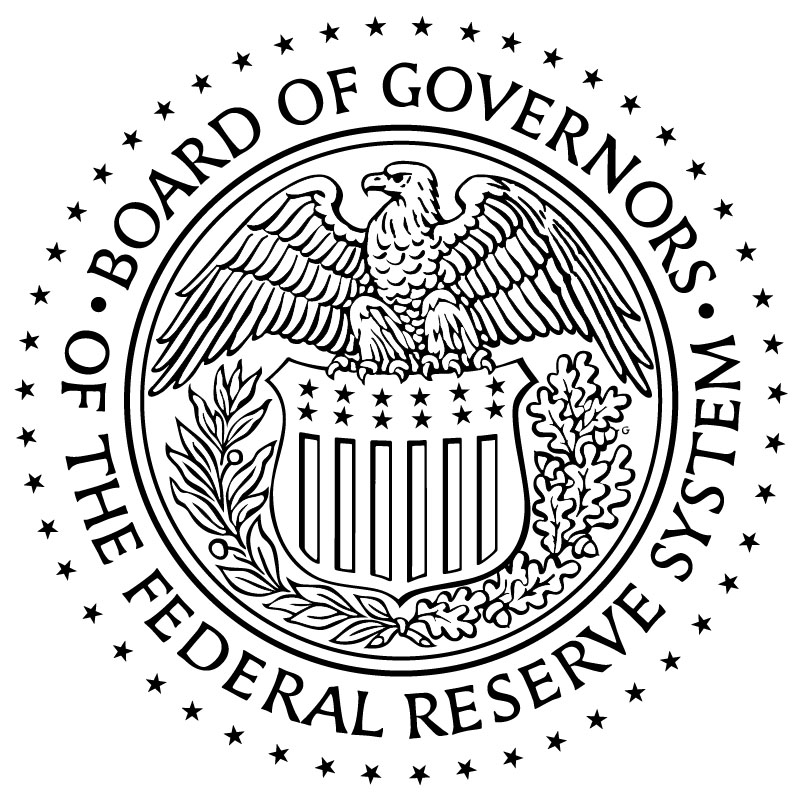“Aggregate Reserves of Depository Institutions and the Monetary Base”
Just came out four days ago.
Can someone tell me what the hell happened between March 12 and March 26 on that second column? Dropping almost overnight from $40 Billion all the way down to $61 Billon?
If i'm reading this right, and i submit that there's a good chance that I am not, it says the amount of nonborrowed money (money bankers did not borrow to meet thier reserves requirements), was....negative.
Can anyone tell me if this means that the reserves required is being held strictly afloat by borrowed money?
I only bring this up out of interst after having read that there is some deliberaton on whether to give the Federal Reserve more power and create more regulatory agencies (like we need to give any more power to beauracratic idiots)....
Just came out four days ago.
Can someone tell me what the hell happened between March 12 and March 26 on that second column? Dropping almost overnight from $40 Billion all the way down to $61 Billon?
If i'm reading this right, and i submit that there's a good chance that I am not, it says the amount of nonborrowed money (money bankers did not borrow to meet thier reserves requirements), was....negative.
Can anyone tell me if this means that the reserves required is being held strictly afloat by borrowed money?
I only bring this up out of interst after having read that there is some deliberaton on whether to give the Federal Reserve more power and create more regulatory agencies (like we need to give any more power to beauracratic idiots)....



Comment